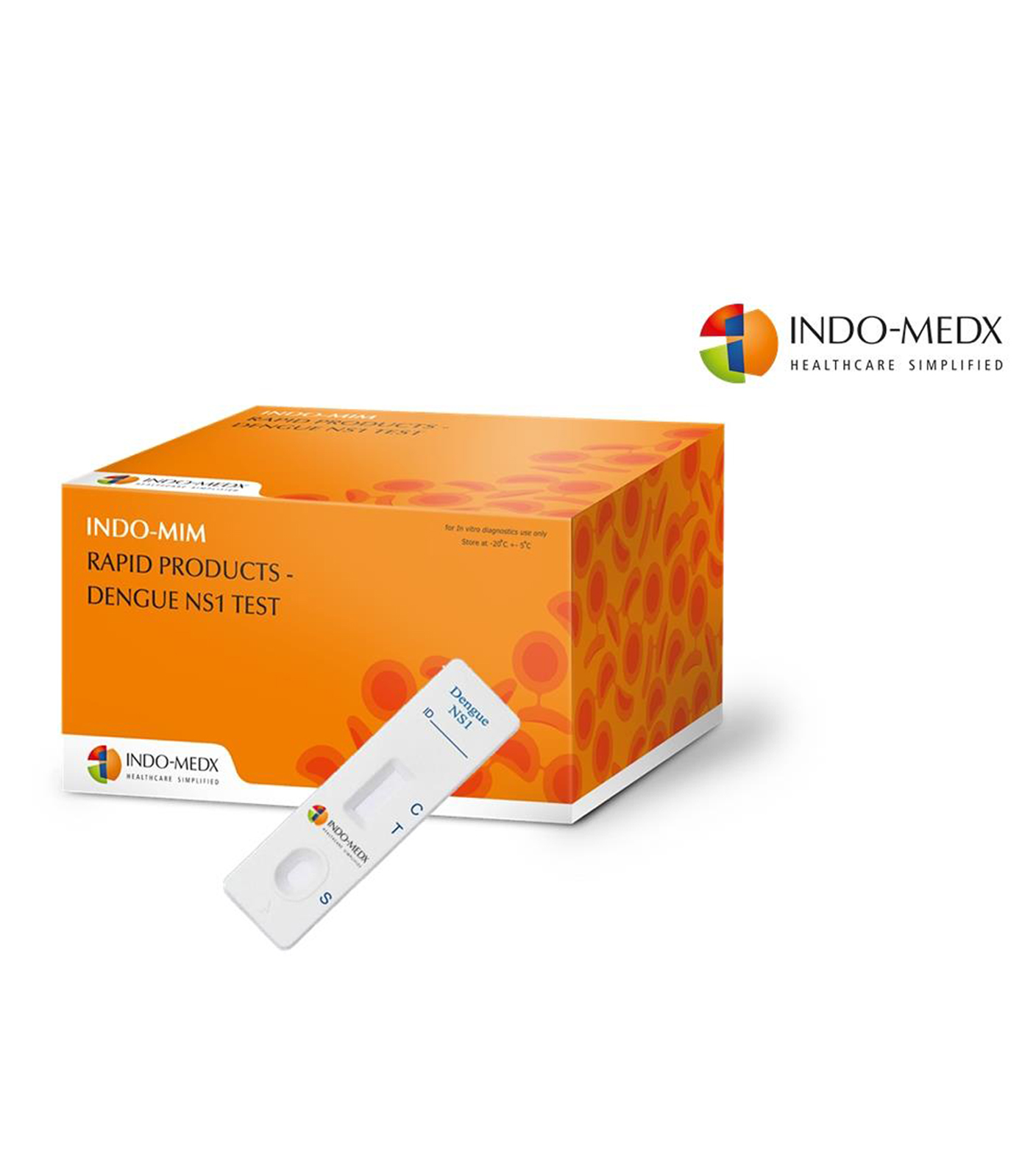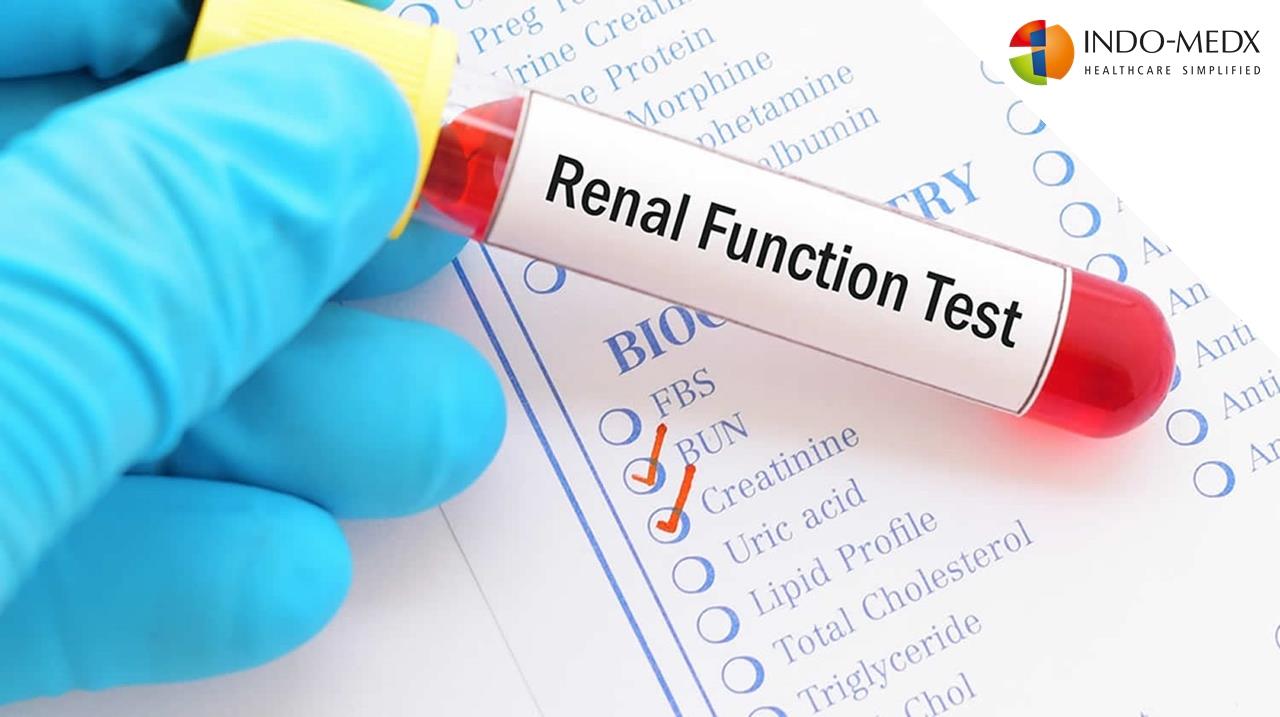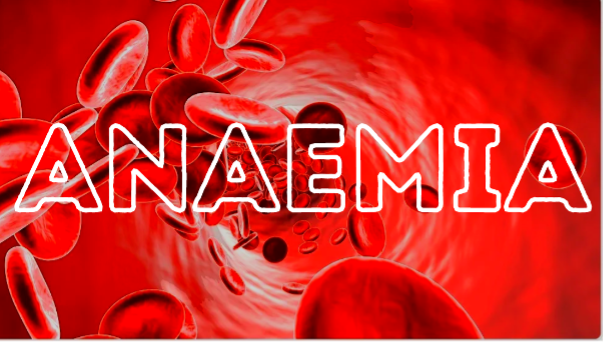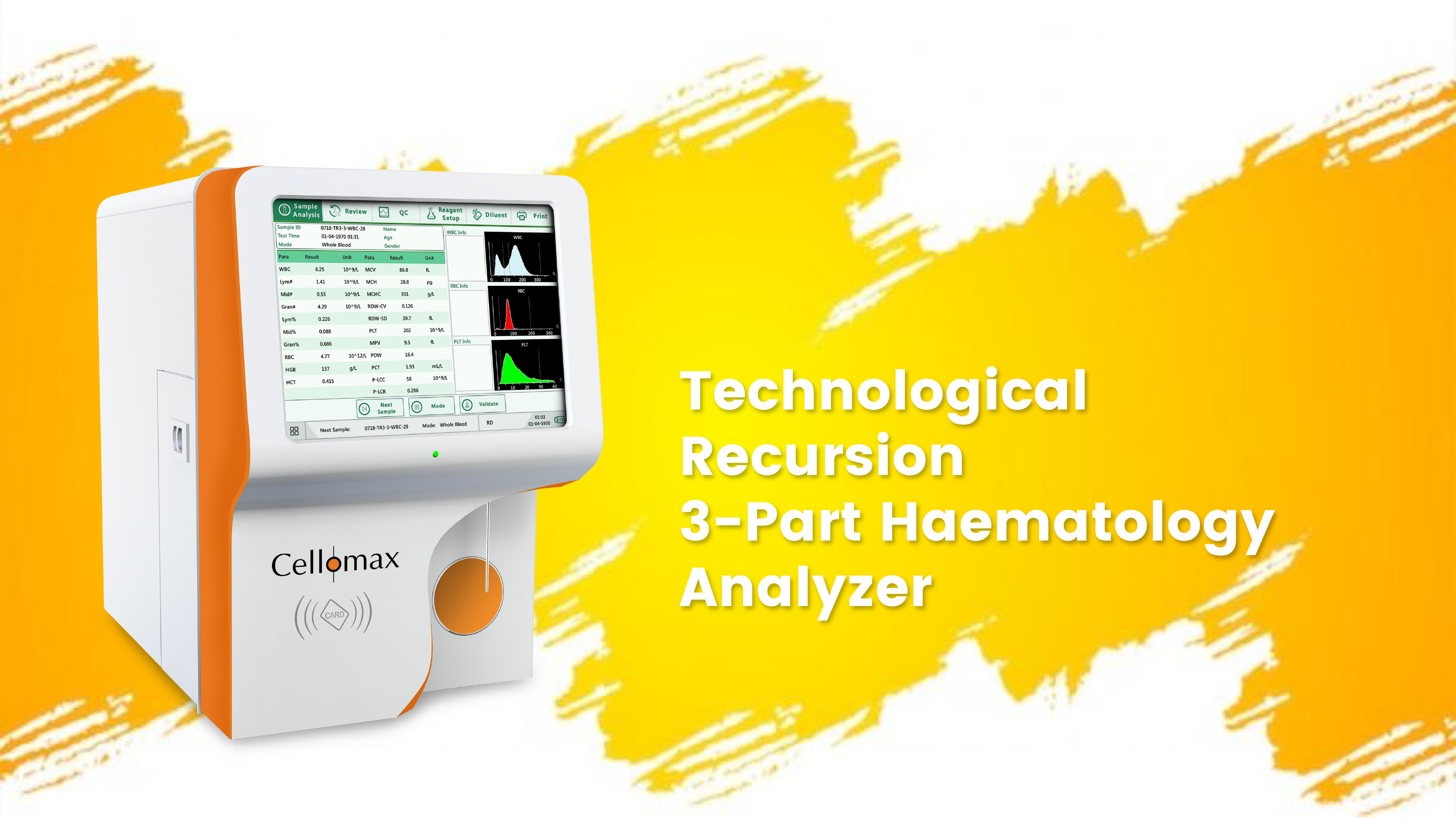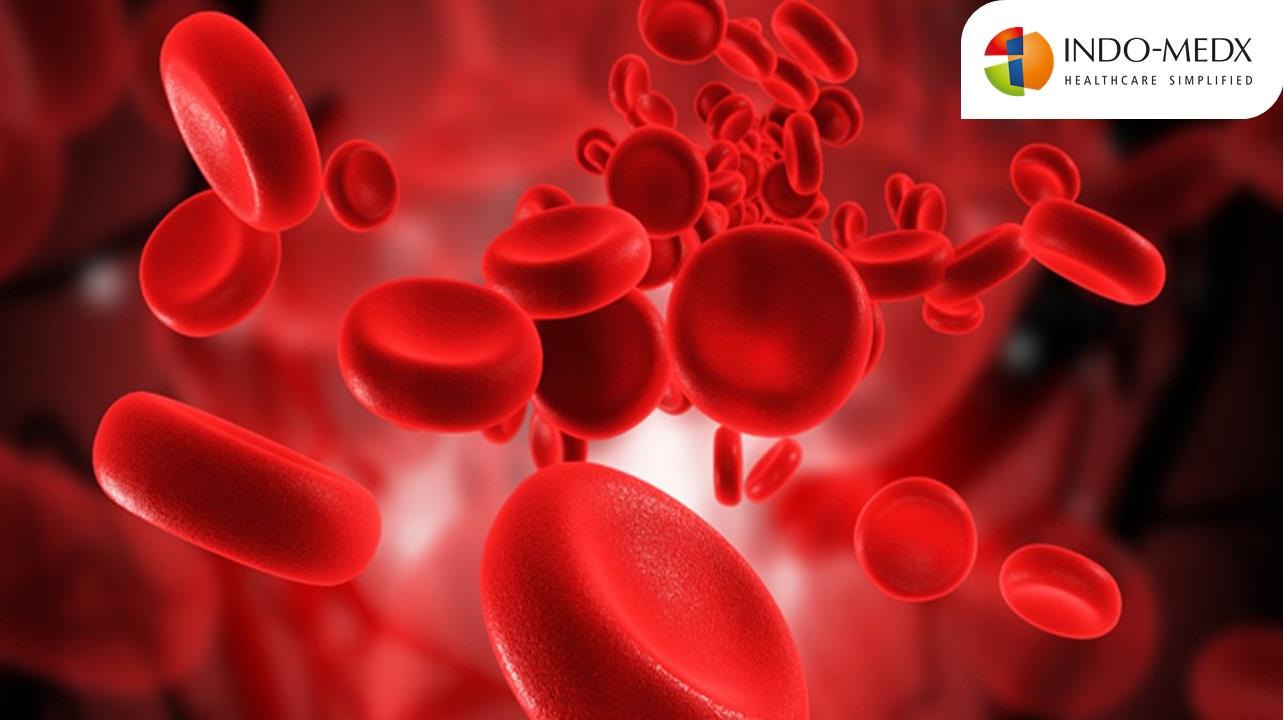
Apr 7, 2022
Blog
Thalassemia
Blood is a body fluid that plays a major role in the circulatory system of all human beings. It contains red blood cells, white blood cells, platelets, etc. Hemoglobin is the protein molecule present in red blood cells that carries oxygen. There are a few disorders caused due to the change in the shape of the blood cells such as sickle cell anemia, thalassemia, etc.
In a year, about 360,000 people are affected by thalassemia disease, and about 10.5 million thalassemia patients require care worldwide.
Thalassemia is an inherited genetic disorder that is passed from parents to children through genes. It is a blood disorder that is caused when the body does not make enough hemoglobin and hence the required amount of oxygen is not circulated by the blood within the body. Lack of oxygen in the blood may cause a person to feel tired, weak, or short of breath. This is a condition called anemia.
TYPES OF THALASSEMIA
Hemoglobin is made up of Alpha and Beta proteins. Based on these proteins, thalassemia is of two types, lack of Alpha protein leading to alpha thalassemia and lack of Beta protein leading to beta thalassemia.
SYMPTOMS
The disease is mainly found in children and the symptoms are sometimes not noticeable such as slow growth in children, wide or brittle bones, cold hands and feet, shortness of breath, enlarged spleen, fatigue/weakness, pale or yellow skin, dark urine, poor appetite, heart problems, and greater susceptibility to infections. Without proper treatment, the spleen, liver, and heart will soon become greatly enlarged.
DIAGNOSIS
With the help of a Hematology Analyzer, a complete blood count (CBC) can be obtained which includes the measure of hemoglobin and the quantity (and size) of red blood cells.
A reticulocyte count (measure of young red blood cells) may indicate that your bone marrow is not producing an adequate number of red blood cells. Hemoglobin electrophoresis is used to diagnose beta thalassemia. Genetic testing is used to make a diagnosis of alpha thalassemia.
TREATMENT
Firstly, a healthy diet and exercise is very important. Secondly, patients should check with their doctors about the intake of iron-rich food, such as spinach. Depending on the type of thalassemia, constant medical care may be necessary to manage the condition effectively. Treatment options include:
· Blood transfusions
· Iron chelation
· Bone marrow/Stem cell transplant
· Surgery
· Gene therapy
Here at INDO-MEDX, we provide a simple and innovative Hematology Analyzer with a large touch screen, a built-in thermal printer, and a huge storage capacity. It has reliable hardware and intuitive software which helps in smooth running of the machine. CelloMax is an innovative 3-part hematology analyzer with 60 T/H, self-developed lyse, and diluent which is tested to perfectly match the instrument to provide accurate results for our users, even in the low PLT tests. Fewer reagents and low reagent consumption is another competitive feature for the market such that it helps to release the user’s financial pressure. High-efficient operation procedures and high throughput help our users minimize their workload.
CelloMax contains important parameters such as RBC, WBC, PLT, Hb, etc. The principle used for the detection of Haemoglobin is flowcytometry and for other parameters, it is electrical impendence.
